I can't believe I'm actually selling any of this meteorite for a few reasons -- first and foremost is that until a few weeks ago, I didn't even believe that this meteorite (which is identical to NWA 7034 and others) actually came from Mars. The data just wasn't conclusive. Sure, a few mineralogical details seemed to line up, but the isotopes were off, the texture was just plain wrong, and it looked like a regolith breccia. Meteorites with that kind of texture usually only come from bodies that lack an atmosphere and have been exposed to billions of years of meteoroid bombardment in space.
But, the trapped gas work was recently published, and these rocks apparently contain bubbles that are an exact match for the Martian atmosphere. So, this meteorite is from Mars.
Part of what makes this particular Martian meteorite so special is that it contains trapped Martian water -- about 0.6% by weight. That water is isotopically distinct from water here on Earth. It's isotopically distinct from the rocks on Mars, too (and all of the Martian meteorites yet found). That's because it's 4+ billion year-old water hypotheisized to have come from a deep Martian mantle reservoir, based on its isotopic composition (which is apparently different from...anything we'd yet sampled).

A large cut stone of NWA 7034. (Wikimedia Commons)
While speaking with a researcher last week, I was told that this meteorite was on par with ALH 84001 in terms of research importance and potential to shed light on Mars' past, as well as the planet's potential for harboring life. We have only 2 samples of rocks from Mars that are as old as this meteorite (~4 billion years), and none remotely similar in structure or bulk composition. Those two samples are the legendary ALH 84001 and...this meteorite.
This meteorite represents the only known sample that we have of material from Mars' surface. Bulk chemical data suggests that this meteorite is partly comprised of wind-transported Martian sediments.
The age of this meteorite has since been updated to around ~4.2-4.4 billion years. If correct, that would put it on par with ALH 84001!
Here's a link to the Meteoritical Society's session on Martian meteorites from the 2013 meeting in Edmonton. Scroll to the bottom for information on NWA 7034.
It should be noted that many of the slices of this meteorite currently on the market were cut with lubricant: some with distilled water, and some with ethylene glycol (antifreeze). I've been informed by an expert that exposure to ethylene glycol is not a good thing if you want to test your sample for naturally-occurring organic molecules. Because antifreeze is largely made up of heavy hydrocarbons, it will alter the results of any tests for organic material, and it can be very difficult, if not impossible, to remove in some cases. Cutting with distilled water shouldn't have affected those samples in detectable ways.
While all of the available stones have experienced the same amount of terrestrial weathering, the samples offered here haven't been messed with since they were found, in any way. Most are completely desert-varnished and display brecciation on external faces. Most have fusion crust.
I'm currently waiting on analytical data for another fragment from the lot, but guarantee that these specimens are authetic based on their unique texture and appearance. I've never seen another breccia with a similar texture while studying as a geologist and have no doubt that the specimens offered here are paired with NWA 7034 and its pairings. High-resolution Ar-Ar measurements require irradiation, a cooling period, and then a few months for counting: I've been told to expect results within ~6-8 months.
I can't speak for what future prices will be, but I'm offering specimens at 30-50% of the other prices I've seen in the past few months. Each specimen will come in a membrane box, shipping ~$3 within the US, $7 international.
0.056 grams - 40% fusion crust - on hold
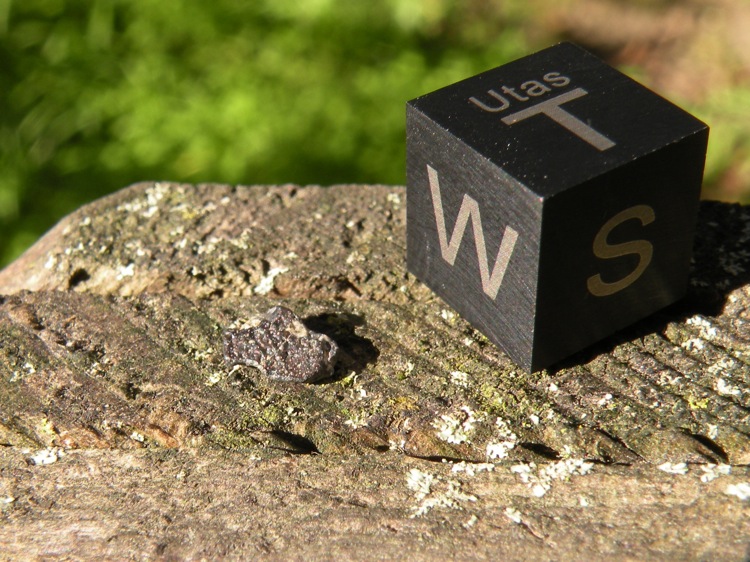
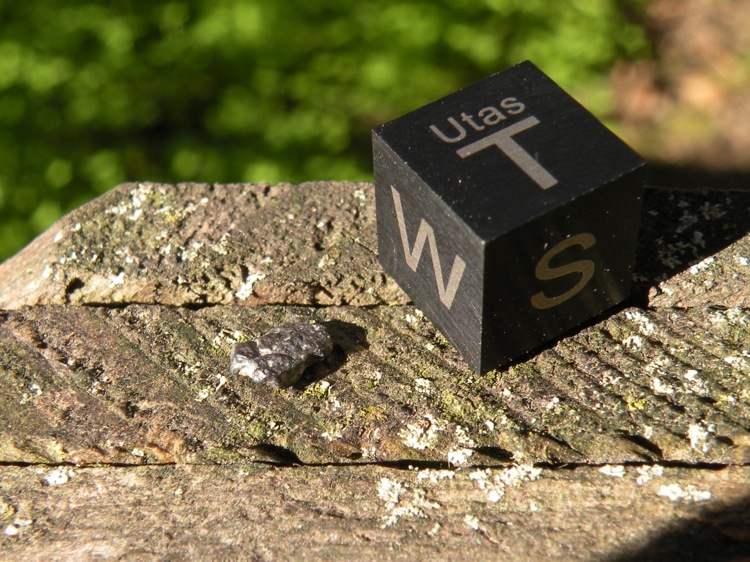
Great frothy crust on one side and white clasts on all of them, one through the crust (top image, top edge of specimen).
0.056 grams - 40% fusion crust - on hold
Send an Email
0.070 grams - $650
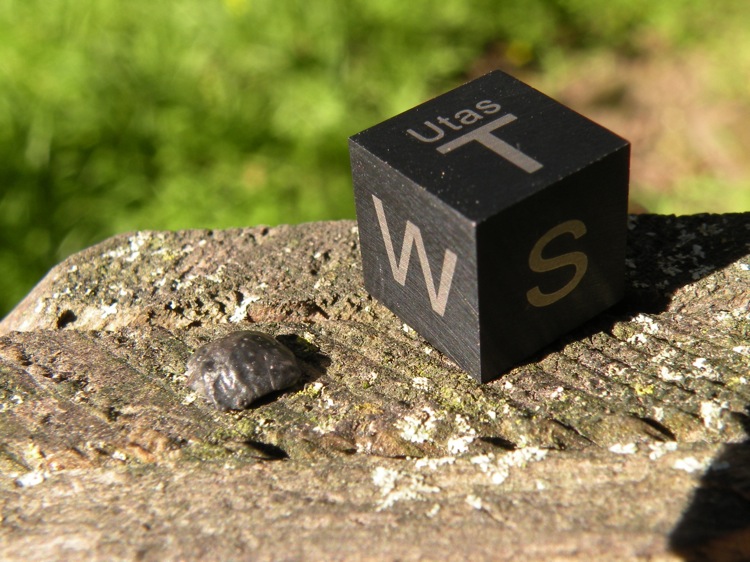

About 60% of this specimen is more melted than most of the other stones. Fuzzy white clasts are visible in the impact melt. The smooth surface used to be fusion-crusted, but has been sand-blasted clean.
0.070 grams - $650
Send an Email
0.096 grams - $850
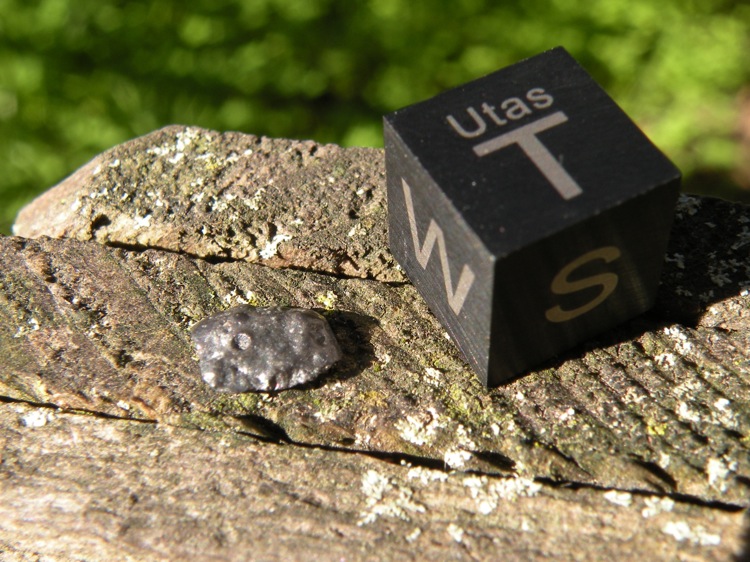
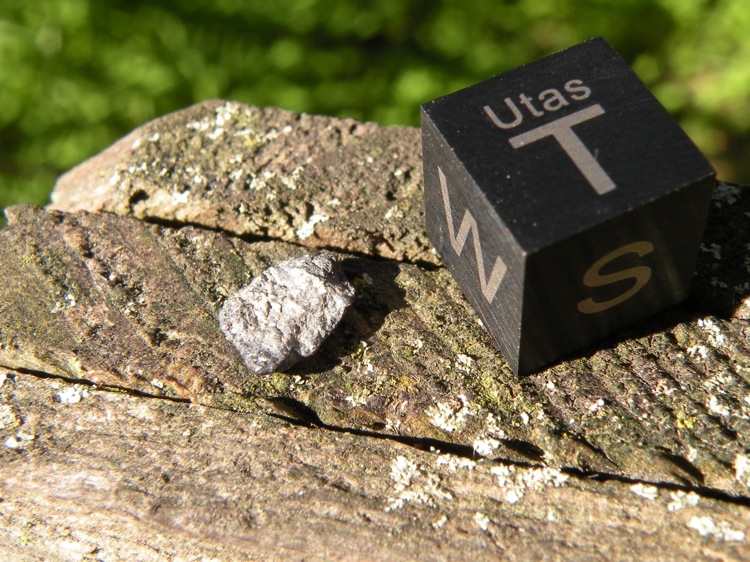
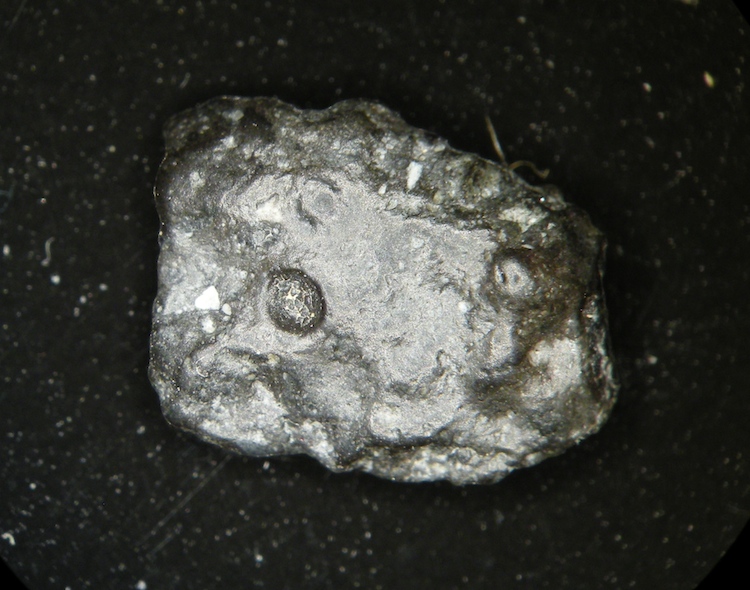
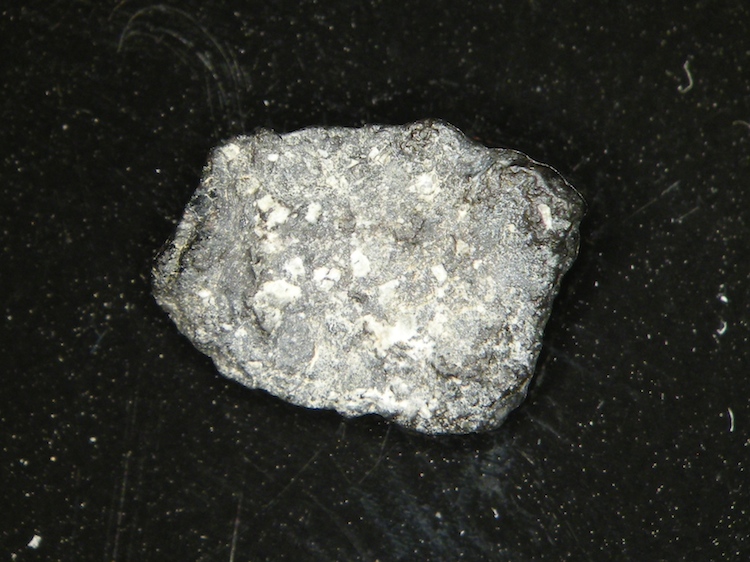
Brecciated texture is plainly visible on the wind-polished surface of this specimen. An odd round hole is visible, caused by the erosion of an impact melt spherule, other type of inclusion, or an exposed bubble, not sure which. Great mottled grey-black coloration.
0.096 grams - $850
Send an Email
0.139 grams, 40% fusion crust - $1,150
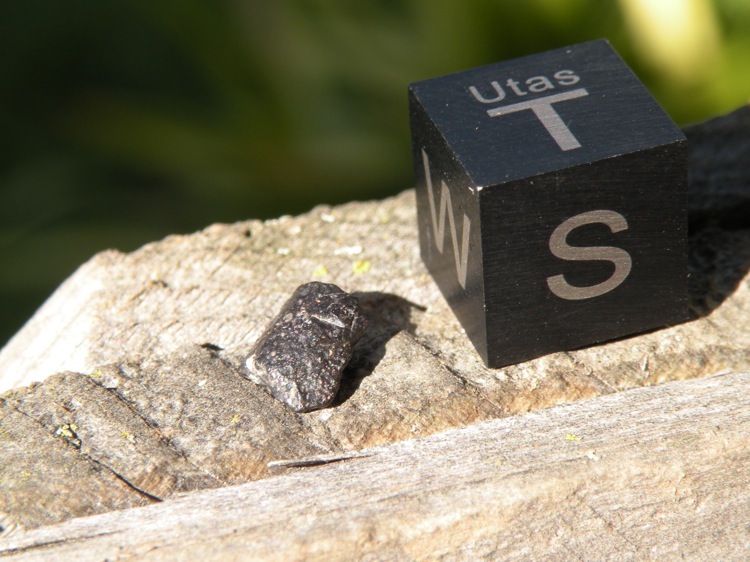
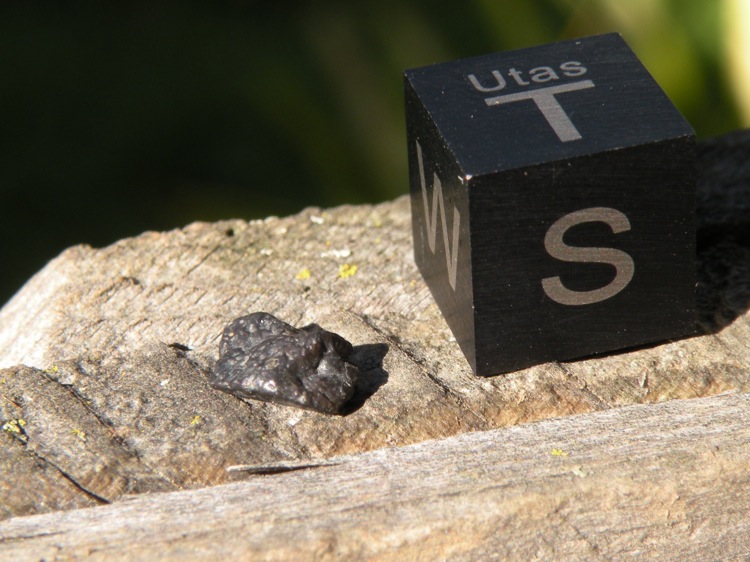
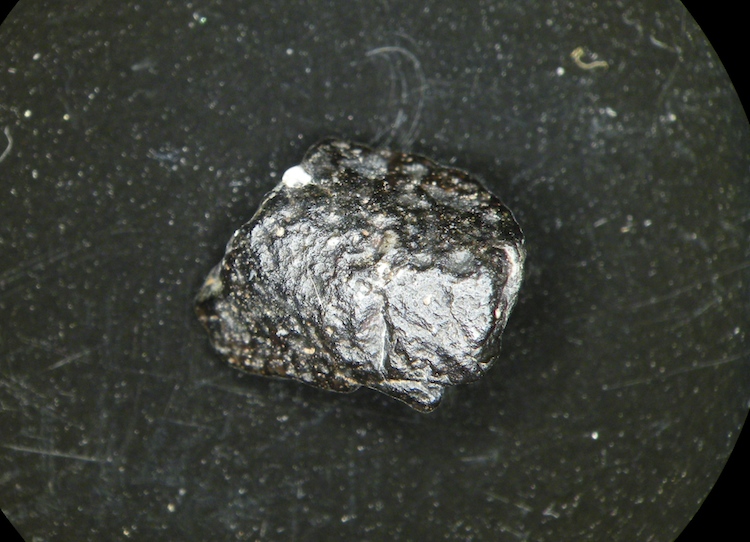
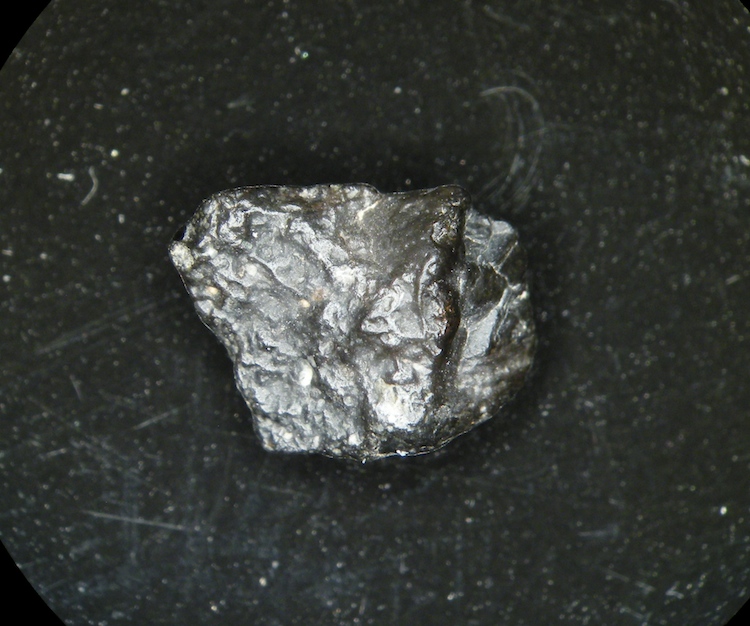
Stunning specimen - great crust, desert varnish, brecciated texture. Black beauty, indeed.
0.139 grams, 40% fusion crust - $1,150
Send an Email
0.142 grams, 40% fusion crust - $1,200
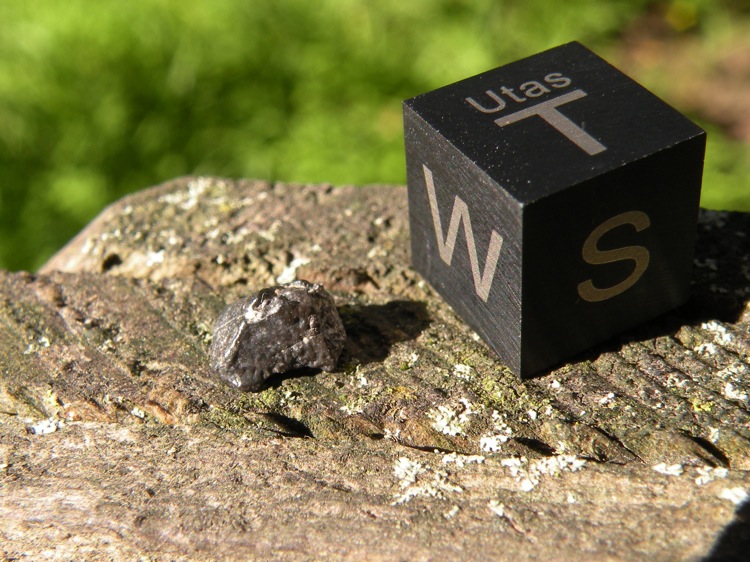

Great fusion crust, brecciation, and shape. This specimen also has a very flat side that could easily be polished with minimal loss (see top photo, crust is on reverse).
0.142 grams, 40% fusion crust - $1,200
Send an Email
0.567 grams, 7% fusion crust - being cut, stay tuned
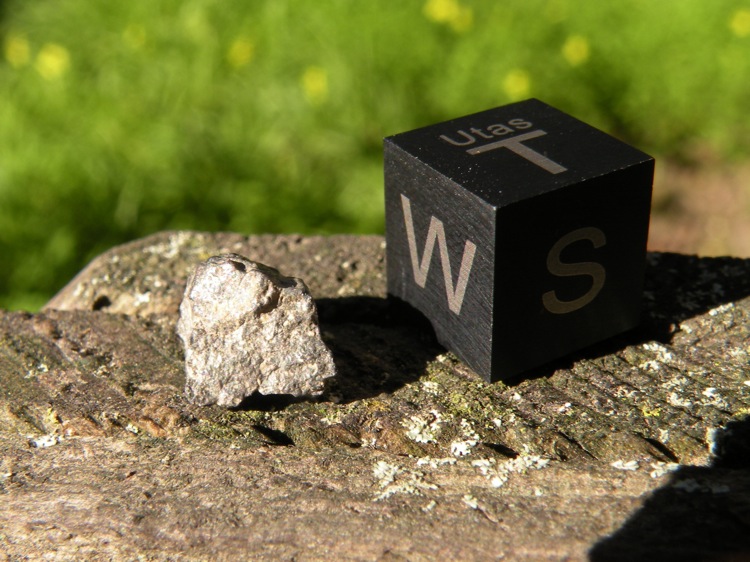
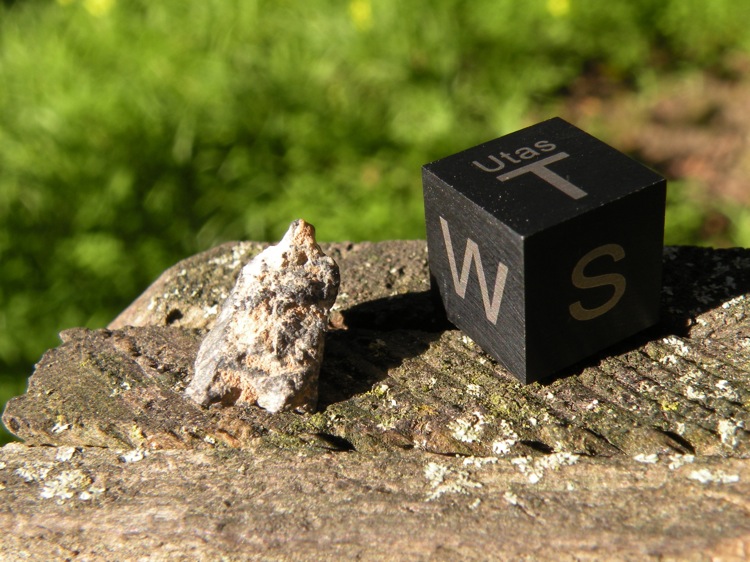
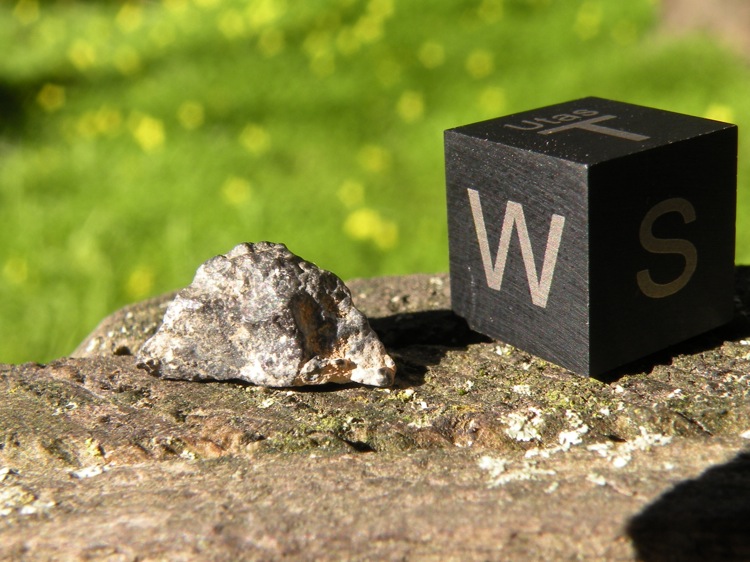
The color of this fragment is a little lighter than that of most of the other specimens: I'm not sure why that is, though its texture is grossly similar. It seems to be made of slightly different lithic fragments on the whole. Guaranteed to be a piece of the same rock, might be interesting for research purposes.
0.567 grams, 7% fusion crust - being cut, stay tuned
Send an Email
Here's an image of the cut face from the 0.567 gram fragment:

3.567 grams fragment, 25% fusion crust - $17,800
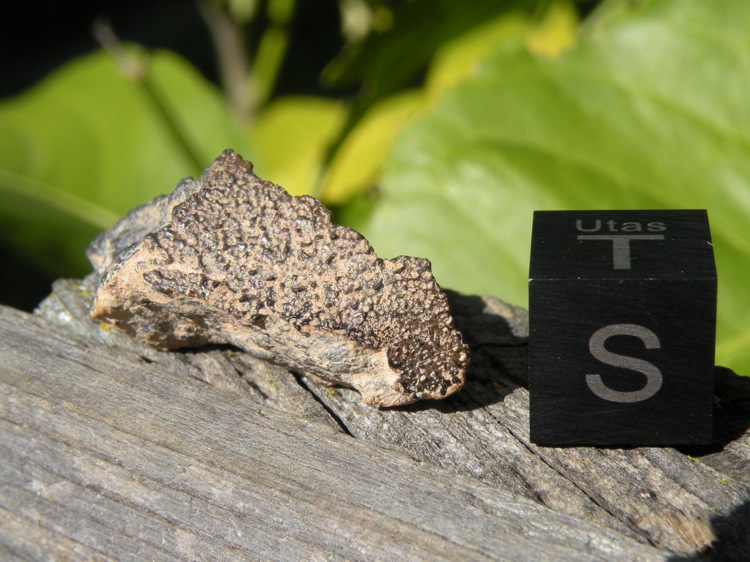

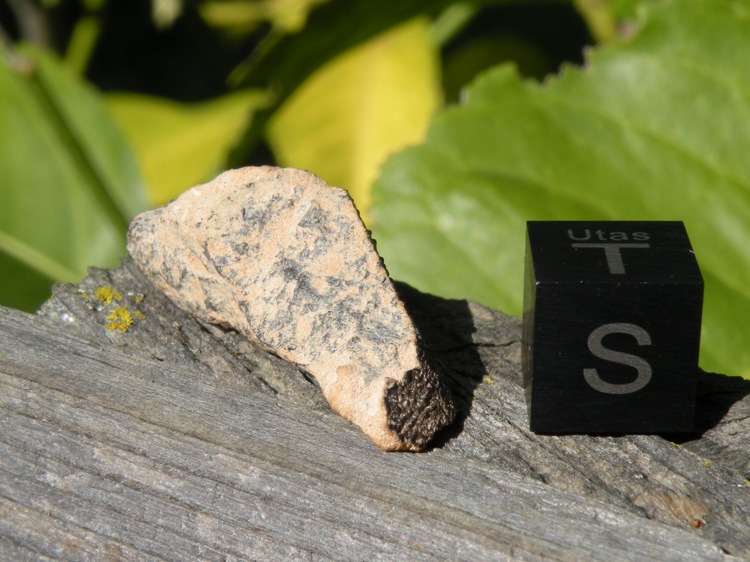
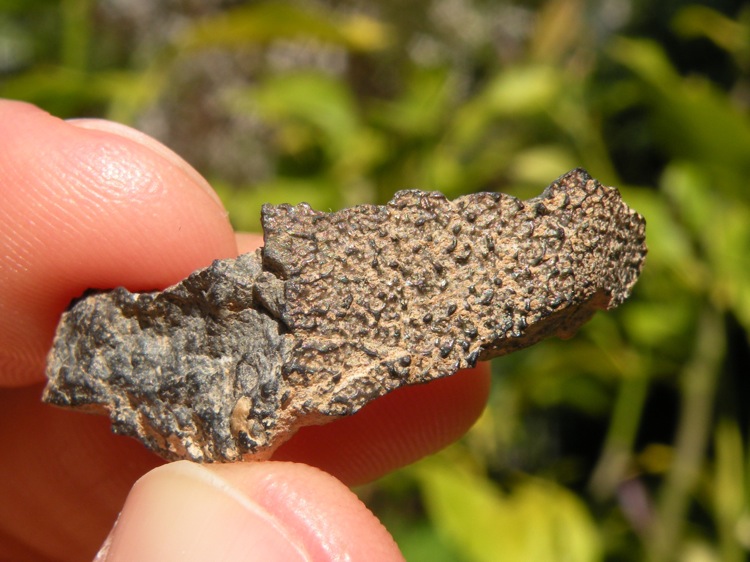
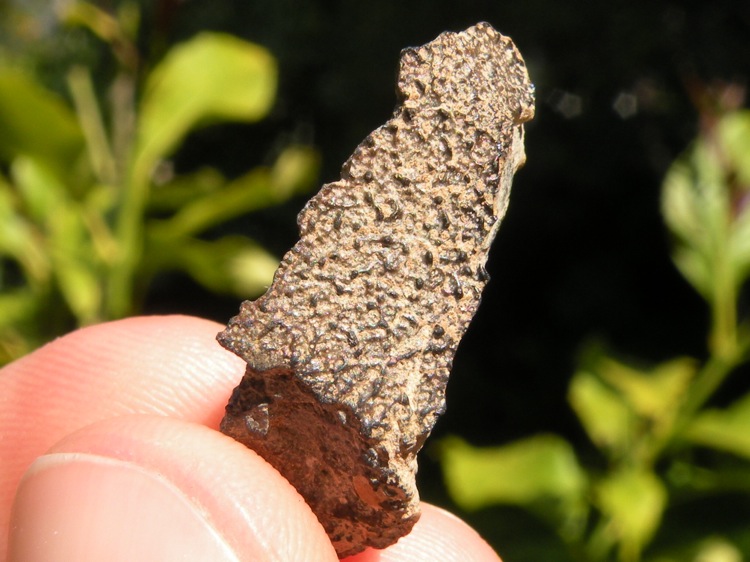
Some of the best-textured crust I've seen on any specimen of this meteorite. Based on the adhering dust, this specimen was from a broken and partly buried stone; the fusion crust was preserved accordingly. Stunning chunk, good brecciation visible on the clean side of the fragment. Beautiful.
3.567 grams fragment, 25% fusion crust - $17,800
Send an Email
0.006 grams, 25% bumpy, glassy fusion crust - sold
0.009 grams, 30% fusion crust - sold
0.016 grams, 40% fusion crust - sold
0.031 grams, 30% fusion crust - sold
0.390 grams, 45% fusion crust - sold
1.365 grams, 65% fusion crust - sold
0.262 grams, 20% fusion crust - sold
0.284 grams - sold
